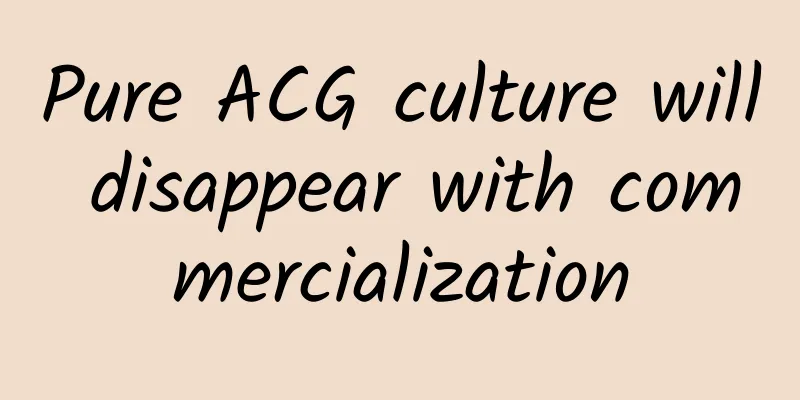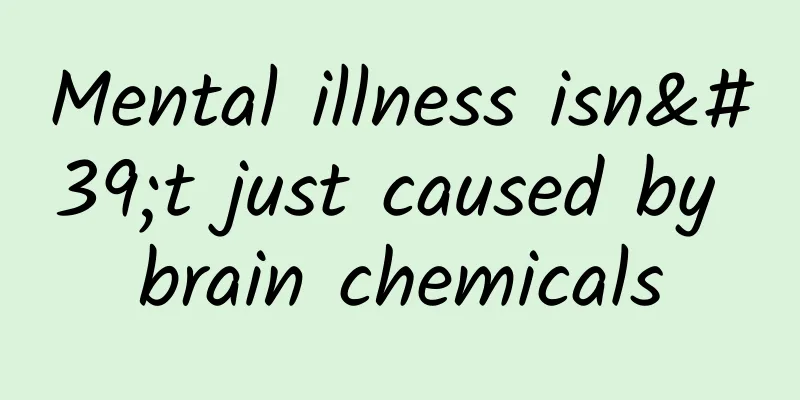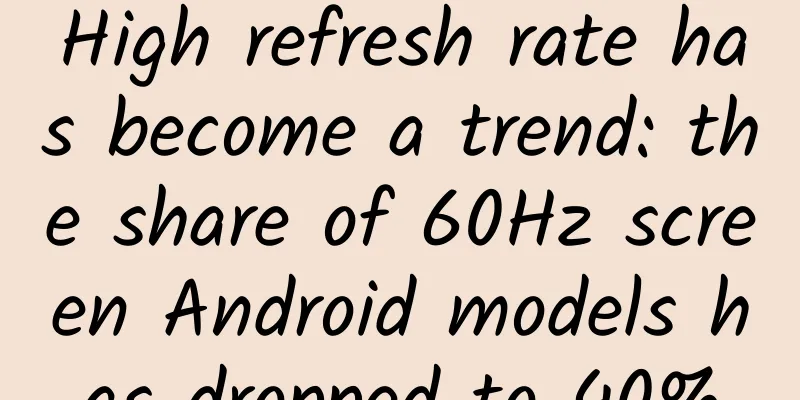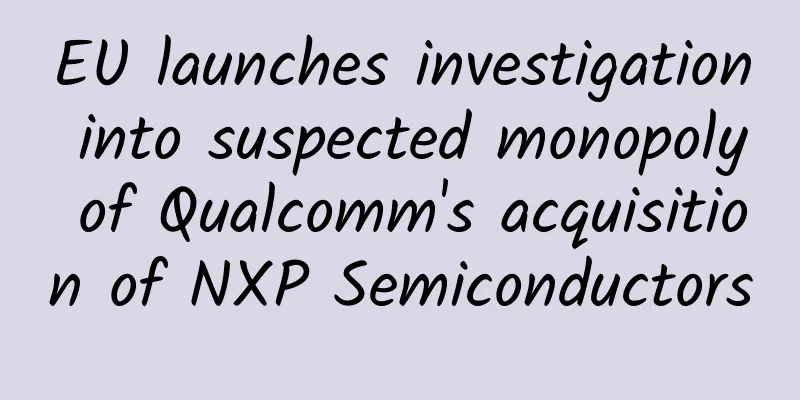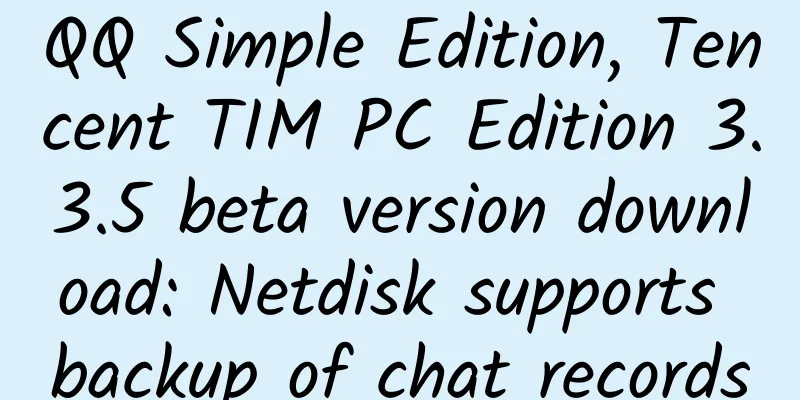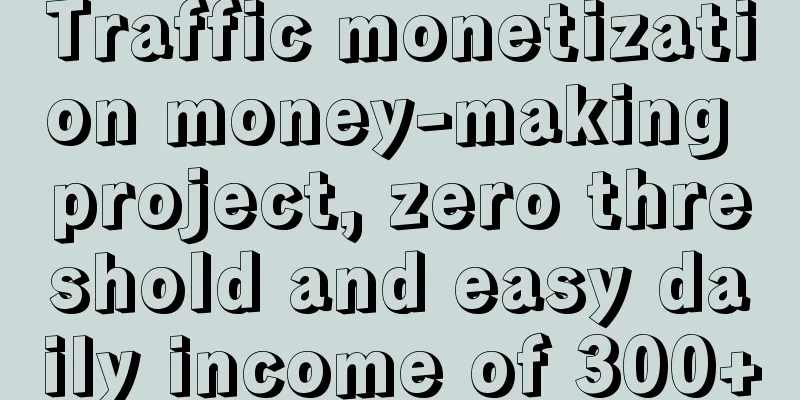CEEP-BIT: Review and Outlook of China's Carbon Market (2022)
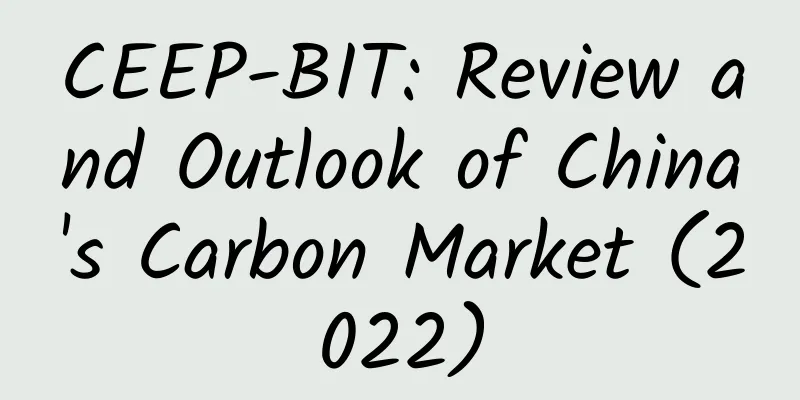
|
The China Carbon Market Review and Outlook (2022) points out that the overall operation of the national carbon market is currently stable. As of the end of 2021, the cumulative trading volume of carbon emission allowances (CEA) in the national carbon market reached 179 million tons, with a turnover of 7.684 billion yuan. The cumulative trading volume of carbon emission allowances in the seven pilot carbon markets, including Beijing, Tianjin, Shanghai, and Chongqing, reached 483 million tons, with a turnover of 8.622 billion yuan. The pilot carbon market is expected to continue to run in parallel with the national carbon market for a period of time, and gradually transition to the national carbon market. Data shows that since the national carbon market started online trading on July 16, 2021, it has been running for a total of 114 trading days, and the compliance completion rate in the first compliance cycle has reached 99.5%, which is a good situation. Its daily average transaction price fluctuates in the range of 40-60 yuan/ton, basically remaining stable. However, the total quota of the national carbon market is about 4.5 billion tons. According to the current trading volume, its market transaction turnover rate is about 3%. Compared with the 417% turnover rate of the most active EU carbon market in the world, the national carbon market is still in its early stages of development, and there is still much room for improvement in market activity. In terms of pilot carbon markets, the "China Carbon Market Review and Outlook (2022)" pointed out that during the period of 2020-2021, the operating results of the seven pilot carbon markets were different. Among them, the carbon markets in Guangdong and Hubei performed well, and the Chongqing carbon market performed the worst. This is related to the design of Chongqing's quota allocation mechanism and carbon emission trading system. Its trading subjects are relatively single, the inclusion threshold is high, and relatively few companies are included. With the implementation of the de-capacity policy, many traditional industrial enterprises have been closed one after another, making fewer and fewer companies eligible for trading conditions. At present, there are still large differences in the quota allocation mechanism, MRV (quantification and data quality assurance process of carbon emissions) supervision mechanism and default penalties of different carbon markets. The PDF version will be shared on 199IT Knowledge Planet, just scan the QR code below! |
<<: Water army or tap water? A glimpse into the development of popular IP
>>: Jiwei.com: Tesla's orders surged 100% in some parts of the United States
Recommend
Staying in the plateau for half a month will increase your height by 2 centimeters? Wrong! The place where you can really grow taller is...
Some time ago, a batch of news appeared on the In...
Satellite shows you: China's creations on the wasteland
Over the past decade, the Chinese have transforme...
How to choose the release time for short videos? When is the appropriate time period to publish the work?
There are 24 hours in a day. When is the best tim...
8 words, a simple and rough analysis of the problem that all information flow advertising optimizers have been confused about
Recently, I have received 20 to 30 private messag...
What is the reason why Baidu bidding promotion has no effect?
Many promotion customers complain about the poor ...
Beware! You may have been "exposed" online!
Have you ever received a call like this? The othe...
Building a forest on the sea? See how Fujian’s “forest system” has swept the nation →
World Forest Day Green water and green mountains ...
China's auto market: Tesla's sales in January 2025 fell 11.5% year-on-year, while BYD's sales increased 47%
Affected by increasingly fierce market competitio...
Alpine wetlands also have "SpongeBob", with water holding capacity up to 2000%
The cartoon "SpongeBob SquarePants" tel...
APP wants to become popular overnight? 5 ways to become popular as long as you do it!
With the popularity of mobile Internet finance an...
Apple's 2020 iPhone, see if there is one you like
iPhone SE SE will finally meet us officially in 2...
Jay Chou invests in an Internet cafe and tests it out: 300 yuan gets you access to the idol's office
In addition to being a famous singer, Jay Chou is...
Creative materials for short videos, high-scoring video and picture materials! !
Can you email me the video special effects materi...
Black workers: 90s bees cloned into a million-strong army, almost subverting the South African beekeeping industry
More, more, more. Written by | Krestrel Honey bee...
Guangzhou fresh food WeChat mini program function, how much does it cost to develop a fresh food WeChat mall mini program?
With the continuous advancement of the Internet, m...
